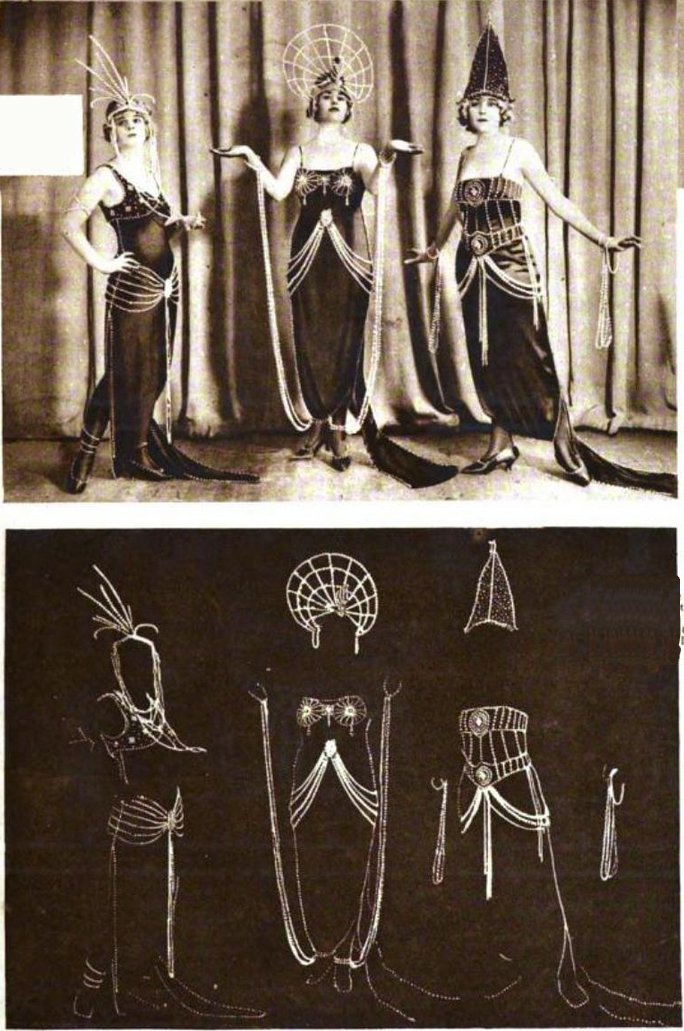Special colours, controversial colours and interesting facts

Beo Beyond via Wikimedia Commons, licensed under CC BY 3.0.
The history and stories of some pigments and dyes are curious, and sometimes controversial. Here are a selection of interesting colours and fun facts:
Luminescent and special effects pigments and dyes
In Chapter 2, the page about Luminescence explains the chemistry of fluorescence and phosphorescence. But making fluorescent and phosphorescent pigments involves complex processes that involve both chemistry and physics. There are also special effects pigments that change colour under different conditions.
There are different kinds of fluorescent and phosphorescent colourants that can react with UV light as well as visible sunlight. Some can even react with infrared light waves. Capturing fluorescent or phosphorescent effects requires very specific treatment of the pigment particles. Theses types of pigments must be mixed with a stable medium that can be used as a paint or printing ink that will last.
Fluorescent pigments
Fluorescent pigments (See Figure 3.48 at the top of the page) can be made from organic or inorganic substances. The pigments don’t fluoresce in their solid state, but if they are dissolved in a thermoplastic or thermoset carrier resin and then ground into a fine powder, they become fluorescent pigments [1].
Phosphorescent pigments
We are familiar with phosphorescent pigments that are used as “glow-in-the-dark” paints and pigments that can be mixed with plastics (Figure 3.49). These pigments are made from phosphors that capture light (photons) and store the energy, emitting it slowly as photons over a period of time after light exposure. An example of this would be a glow-in-the-dark toy that absorbs sunlight or even artificial light, and then releases it at night-time or when all lights are removed.
Copper-activated zinc sulfide, called GS phosphor, is often used as the phosphor in toys, whereas a more powerful substance like strontium aluminate is used for road signs, road surface lines, and warning signs. Phosphorescent pigments can be mixed into paint mediums, waxes or plastics. They have many different uses.
Photochromic and Thermochromic dyes and pigments
Photochromic pigments and dyes have a reversible (or sometimes irreversible) colour change when exposed to light rays. Some can go from transparent to coloured, as in optical lenses (transition lenses) that get darker when worn outside in sunlight, and become clear again when entering a darker space. Other common examples can be found in nanofibres in smart textiles, in toys, and as UV warnings for sunburn.
Photochromic pigments contain microencapsulated photochromic dye mixed into a synthetic resin. The colour change happens when light exposure triggers a chemical reaction that changes which light waves are reflected and absorbed, thus changing the colour. When the light is removed, the chemical reaction dissipates and the pigment goes back to its original colour.
Thermochromic pigments have a reversible (or sometimes irreversible) colour change when heat is applied to the pigment. Applied heat triggers a chemical reaction to occur that changes the light waves that are reflected and absorbed, thus changing the colour. Examples include textiles, objects like coffee cups, toys, and food packaging. Colour change labels can detect if food packages have been exposed to temperatures that might spoil the edible contents. Figure 3.50 shows a short video clip of a thermochromic coffee mug changing colour when boiling water is poured into it.
Pearlescent and Interference pigments – structural colouration
Pearlescent and interference pigments are usually created with complex and multi-layered paints that appear to have different colours when viewed from different angles.
You might have noticed similar phenomena like oil slicks, soap bubbles and peacock tail feathers that appear to have rainbow colours or two or three different colours when moving. It’s an optical phenomenon where surfaces appear to change colour depending on the angle they are viewed from.
Iridescence (also known as goniochromism – from the Greek gonia = angle, chroma = colour) is the name for this effect.
This example in Figure 3.51 is called ChromaFlair – it’s a pigment for automotive paint. You can see in the image that the paint finish on this car appears to be different colours depending on the angle you are viewing the surface from. The curves of the car body show different colours because they are at different angles to the camera. This type of effect is also called Structural colouration .
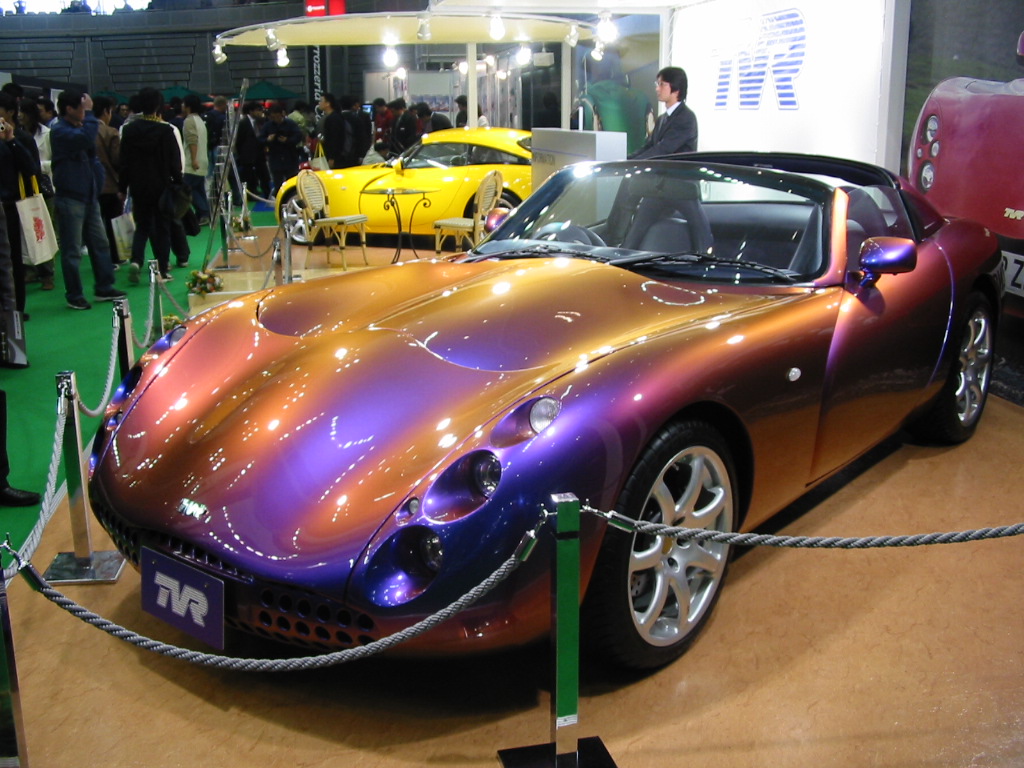
Trademarked colours
There are certain colour pigments that have been developed by individuals or organisations who have tried to limit the use of their colour with trademarking. Many companies have tried to trademark their logo colours or signature product colours, but this has only been partly successful. One successfully trademarked colour is Tiffany Blue , which is a colour developed by Pantone for the jewellery company Tiffany & Co. This colour can’t be used by anyone except Tiffany for their packaging.
Yves Klein: International Klein Blue
Around 1960, French artist Yves Klein collaborated with artist paint maker Edouard Adam to develop a deep and vibrant blue pigment with a matte, powdery quality, which is similar in colour to a synthetic ultramarine. Klein called the pigment International Klein Blue (IKB) and he used the pigment mixed with resin in many monochromatic artworks – some abstract (Figure 3.52), and others figurative, often using naked female models covered in the paint who would then press their bodies onto canvas. Klein registered the pigment so that others couldn’t use it. However, Adam still sells this pigment today under the name Médium Adam 25.
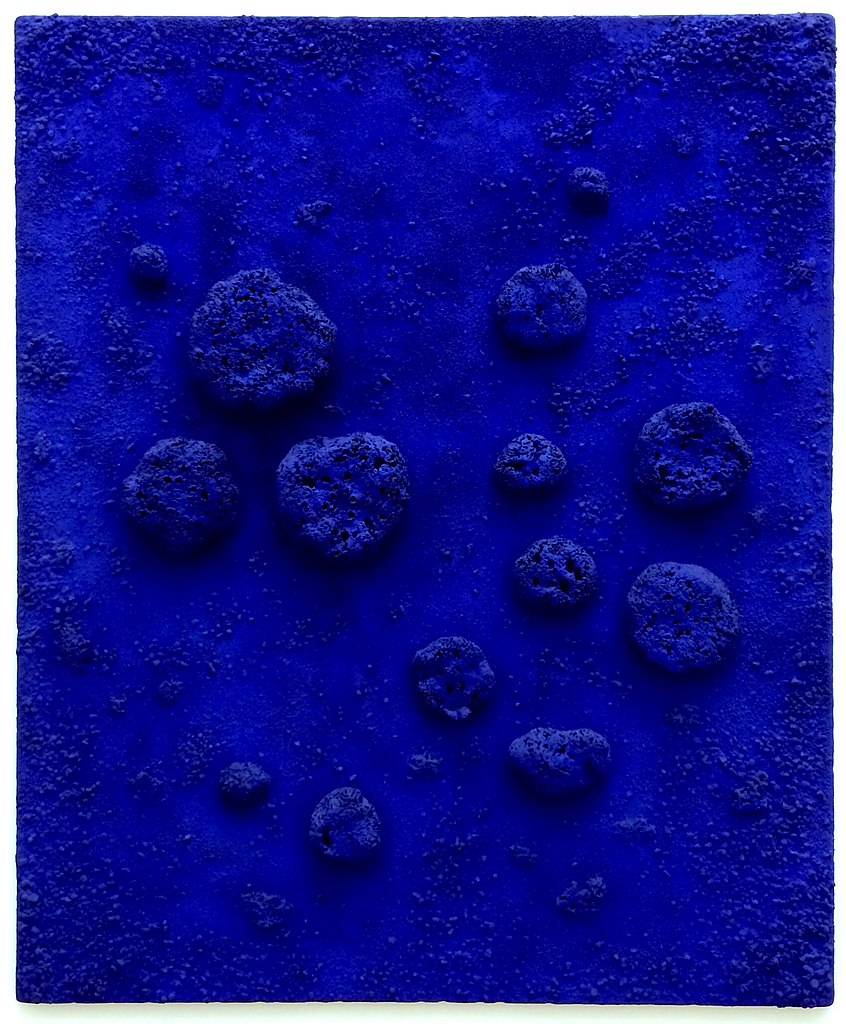
Vantablack (Anish Kapoor controversy)
Sculptor Anish Kapoor bought exclusive rights to use the paint Vantablack, which was developed by Surrey NanoSystems in 2014 and originally created for use in military and astronautical industries. Vantablack was the “blackest” black pigment at that time, which could absorb up to 99.965% of light. This means that it barely reflects any light, so objects that are covered in this pigment look like a void or black hole (Figure 3.53).
Kapoor’s actions caused controversy in the art world because a lot of artists and critics don’t think that art materials should be restricted. Many believe materials like this should be available for anyone to use.
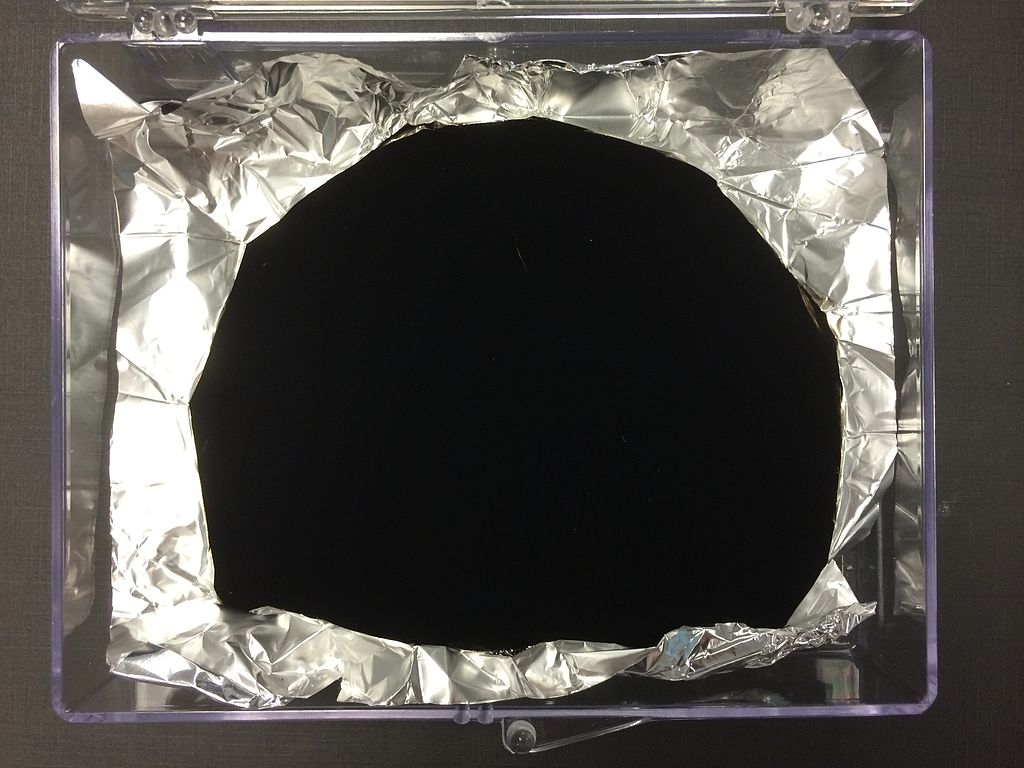
Stuart Semple’s Pinkest Pink and other liberated colours
Multidisciplinary artist Stuart Semple has made it his mission to make quality artist pigments that are available to everyone. He dislikes the proprietary way that Kapoor and others attempt to limit who can access certain artist pigments. Semple’s pigment PINK: The world’s pinkest pink was initially created as a reaction to Kapoor’s Vantablack. Semple’s Pinkest Pink can be used by everyone except Anish Kapoor. You can purchase this pigment by agreeing to the following:
*Note: By adding this product to your cart you confirm that you are not Anish Kapoor, you are in no way affiliated to[sic] Anish Kapoor, you are not purchasing this item on behalf of Anish Kapoor or an associate of Anish Kapoor. To the best of your knowledge, information and belief this paint will not make its way into that[sic] hands of Anish Kapoor.
However, Kapoor did get access to the Pinkest Pink pigment and posted a photograph online with his middle finger covered in the pink powdered pigment. The feud continued with Semple creating Black 2.0 and then Black 3.0 pigments which rival Vantablack as the “blackest black”, and more recently, he has created a range of pigments with sparkling, pearlescent or interference pigments which are freely available to purchase from his online store. He has also made a copy of International Klein Blue that he calls EASY KLEIN – IKB Incredibly Kleinish Blue , and a copy of Tiffany Blue called Tiff Blue.
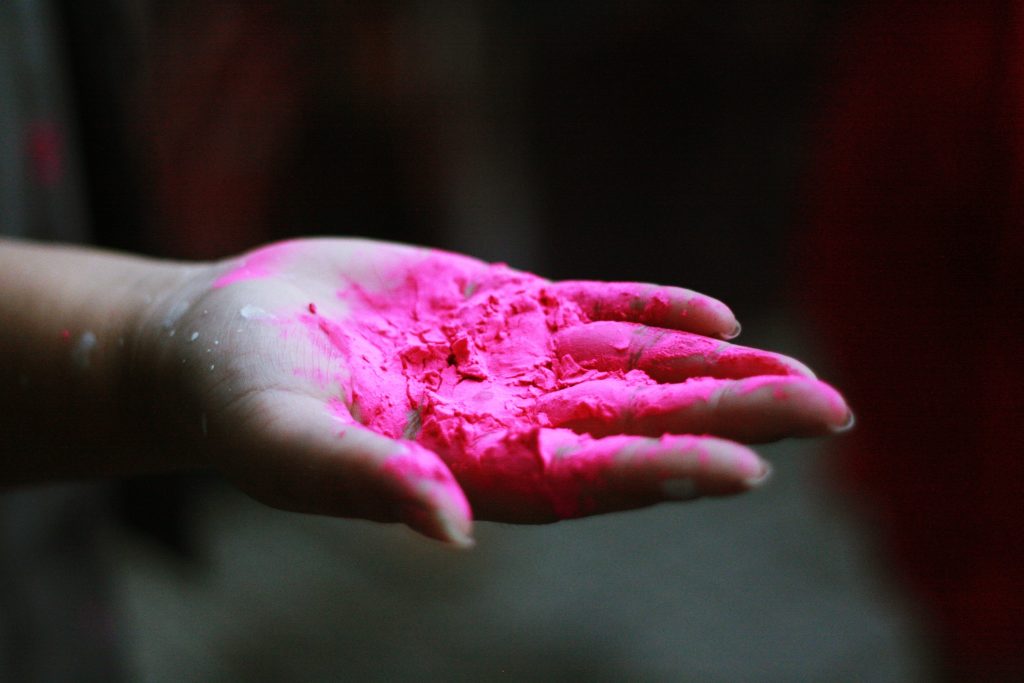
MIT black and Musou black
In 2019, MIT produced a pigment that is even blacker than Vantablack, called MIT black . It can absorb even more light than Vantablack – 99.995% – and is also more durable. It’s made from vertically aligned carbon nanotubes (CNTs), which are grown on aluminium.
Recently, another very black paint called Musou Black was developed in Japan. It absorbs 99.4% of light, making it the darkest black paint that is available on the market. This paint comes as a water-based acrylic, and anyone can purchase it online.
Watch this video to see what Musou black looks like in the real world (8 minutes):
- The Chemistry and Physics of Special-Effect Pigments and Colorants for Inks and Coatings, Paint and Coatings Industry, https://www.pcimag.com/articles/85016-the-chemistry-and-physics-of-special-effect-pigments-and-colorants-for-inks-and-coatings ↵
VANTA is an acronym which stands for Vertically Aligned NanoTube Arrays

